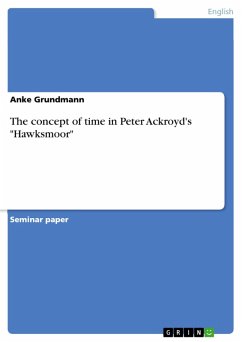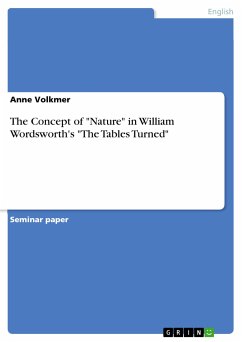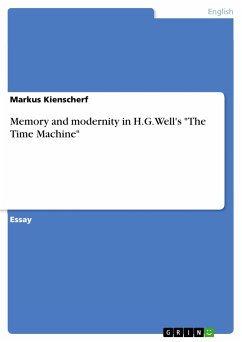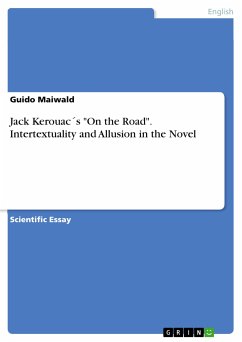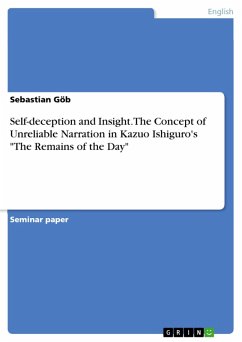Seminar paper from the year 2000 in the subject English Language and Literature Studies - Literature, grade: 2,0, Bielefeld University (Fakultät für Linguistik und Literaturwissenschaft), course: Prosa der Postmoderne, language: English, abstract: Usually a novel contains a beginning, a middle and an end. That is what the reader expects from the majority of books. This convention is not only based on the presumption that only by this sequence of beginning, middle and end a reader will find the reading of a novel rewarding but there are also theoretical concepts demanding this structure. Mendilow points out that Aristotle was one of the first to stress the meaning of a general structure in a piece of literature. According to Aristotle [e]in Ganzes ist, was Anfang, Mitte und Ende hat. Ein Anfang ist, was selbst nicht mit Notwendigkeit auf etwas anderes folgt, nach dem jedoch natürlicherweise etwas anderes eintritt oder entsteht. Ein Ende ist umgekehrt, was selbst natürlicherweise auf etwas anderes folgt, und zwar notwendigerweise oder in der Regel, während nach ihm nichts anderes mehr eintritt. Eine Mitte ist, was sowohl selbst auf etwas anderes folgt als auch etwas anderes nach sich zieht. This concept is true for realistic novels but it falls short for most of the postmodern novels. In this paper I will show how the structure of a linear plot is given up in Peter Ackroyd's novel Hawksmoor. The sequence of beginning, middle and end evokes that all events are linked by a chain of causality. In Hawksmoor the chain of causality and the linear concept of time are replaced by a circular concept of time. The events in the novel and in particular the murders cannot be explained by the principle of causality. In my paper I will analyse the concept of time in Ackroyd's novel. As a first step I will point out the relation of the novel to the historical figure Nicholas Hawksmoor and summarise briefly the two plots so that on this basis the analogies and recurrences in each plot can be better understood. Chapter 3 deals with the conception of characters because it is the repetition of characteristics, biographies and attitudes of the characters that illustrate best the linear concept of time. The character that is associated the most with this concept of time is the protagonist of the eighteenth-century plot Nicholas Dyer. Therefore, I choose this figure for a detailed analysis in chapter 4.
Dieser Download kann aus rechtlichen Gründen nur mit Rechnungsadresse in A, B, BG, CY, CZ, D, DK, EW, E, FIN, F, GR, HR, H, IRL, I, LT, L, LR, M, NL, PL, P, R, S, SLO, SK ausgeliefert werden.

